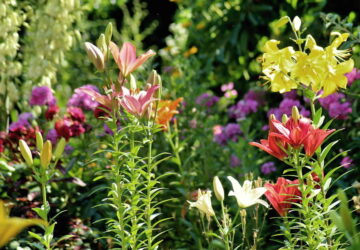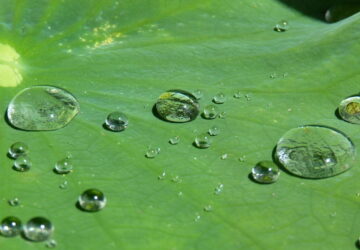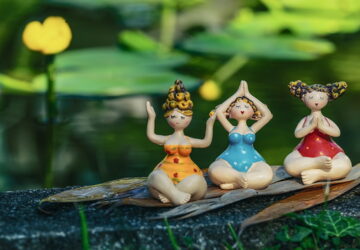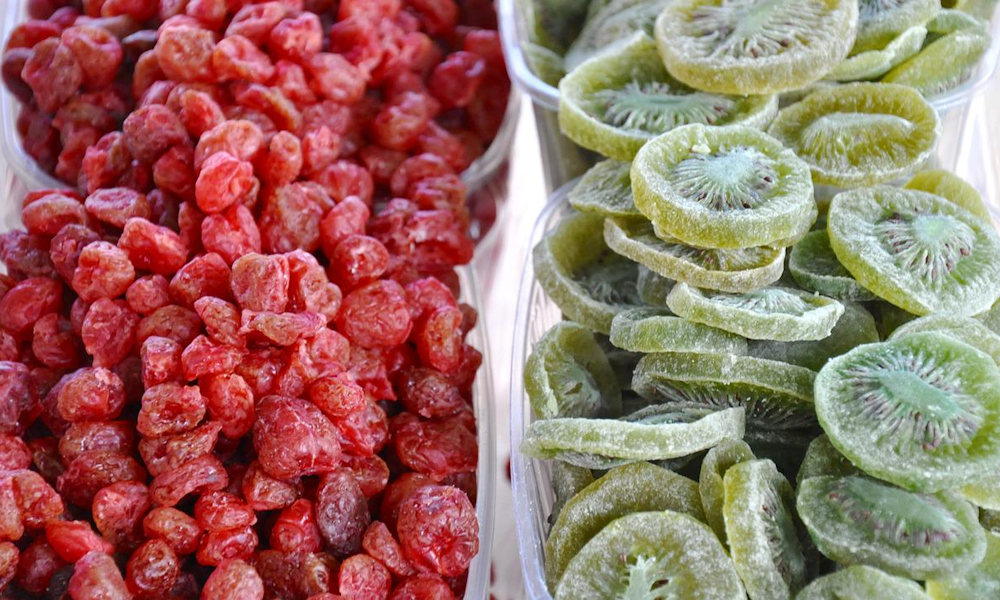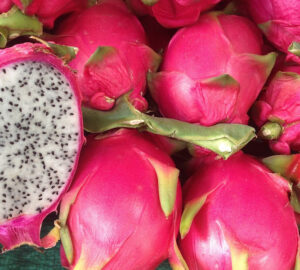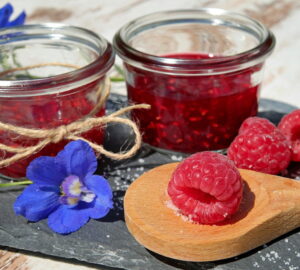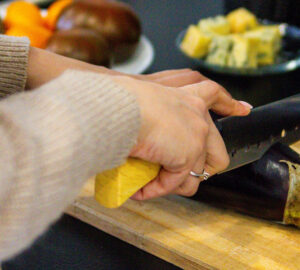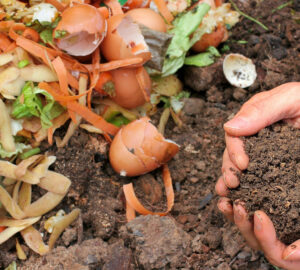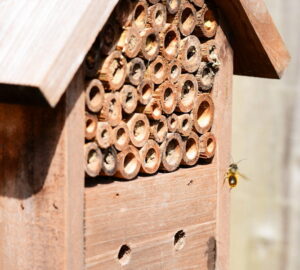Candying fruit is a delightful culinary art that transforms fresh, ripe fruit into sugary treats bursting with flavor. In this guide, we’ll explore the ins and outs of candying, from choosing the perfect fruits to mastering the process. Whether you’re looking to adorn your pastries, make sweet gifts or simply indulge your own sweet tooth, our step-by-step instructions will help you craft the most mouthwatering candied delicacies.
The Science Behind Candying
Candying is a preservation technique that relies on sugar’s natural ability to extend the shelf life of fruits. The process involves replacing the water content of the fruit with sugar, creating a concentrated sugar solution. The magic happens when the sugar concentration in the fruit’s cells is lower than in the surrounding solution. This concentration gradient causes water to escape from the fruit while sugar infiltrates, leading to that delightful candied texture. Be prepared, though – candying is a labor of love that requires patience, but the results are worth it.
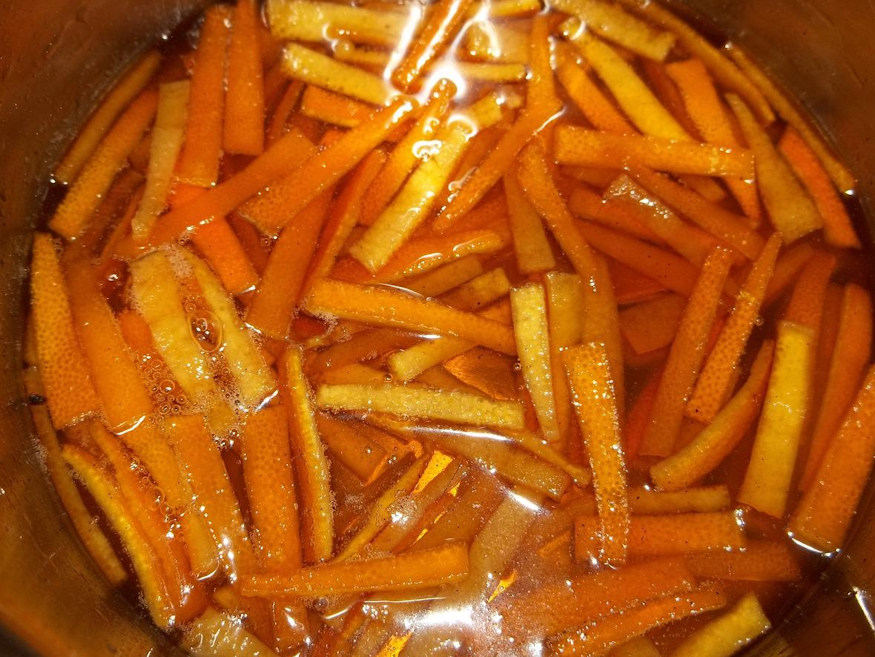
What You’ll Need
Before you embark on your candying adventure, gather the necessary ingredients and tools:
- Sugar
- Water
- Kitchen scale
- Ripe, firm fruits
- Two flat bowls (one for syrup, one for collecting cooking water)
- A grid
- A ladle
- Toothpicks
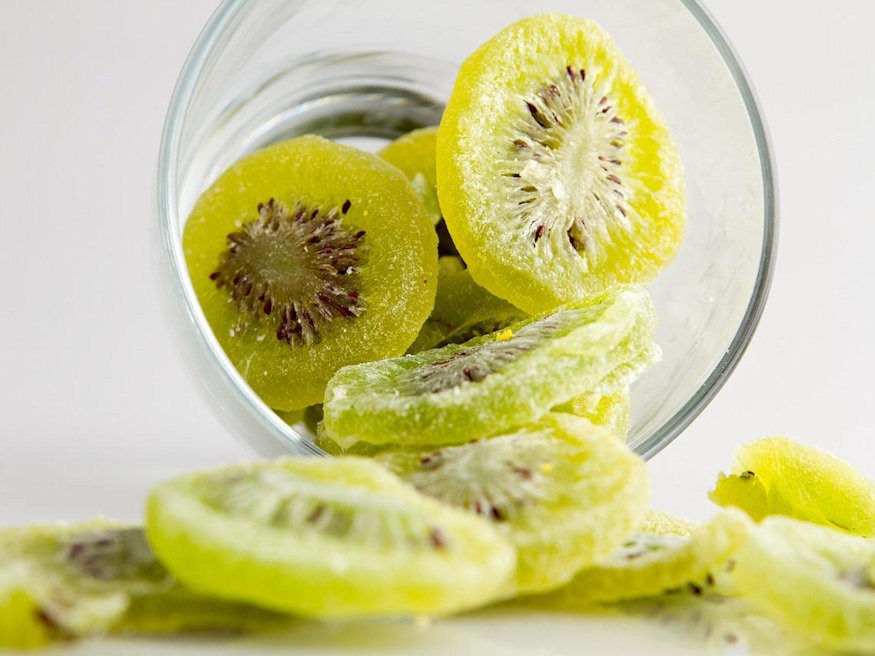
Choosing the Right Fruits
Not all fruits are created equal when it comes to candying. Opt for ripe fruits that are still firm and possess a robust aroma. Overripe or damaged fruits won’t yield the best results. Ideal candidates for candying include:
- Pineapples
- Apricots
- Bananas
- Pears
- Cherries
- Sour cherries
- Citrus fruits
- Plums
- Apples
- Grapes
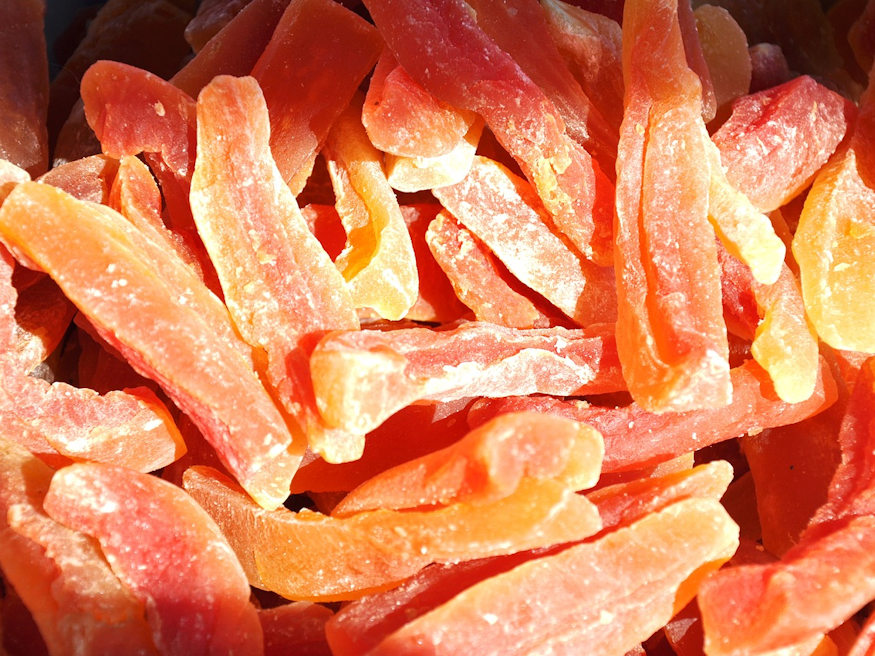
Preparing Your Fruits
To set the stage for candying success, follow these steps:
- Wash the fruits thoroughly in hot and then cold water to remove any impurities.
- Remove seeds from the fruits.
- For fruits with a fuzzy skin, such as peaches, peel them. If you’re using unpeeled fruits, ensure they are chemical-free or organic.
- Cut larger fruits into bite-sized pieces and pierce smaller ones.
- Briefly boil the prepared fruits for 3-5 minutes and collect the cooking water in a separate bowl.
Candying Your Fruits: A Nutshell Guide
Now that you’ve selected your ideal fruits, it’s time to delve into the heart of candying. This step-by-step process will help you achieve that coveted candied texture:
- Creating the Syrup: In a saucepan, prepare a sugar syrup by dissolving sugar in water. The ratio of sugar to water depends on the desired thickness of your syrup. Generally, use 2 parts sugar to 1 part water for a thick syrup or 1 part sugar to 1 part water for a thinner consistency. Heat the mixture until the sugar dissolves completely.
- Cooking the Fruits: Gently place your prepared fruits into the syrup. Ensure they are fully submerged. Simmer the fruits over low heat until they become translucent, which can take anywhere from 30 minutes to an hour, depending on the fruit’s size and type.
- Monitoring the Process: Keep a watchful eye on the fruits to prevent overcooking. You want them to maintain their shape and not turn mushy.
- Cooling and Drying: Once your fruits have reached the desired transparency, carefully remove them from the syrup using a slotted spoon or ladle. Place them on a grid or a drying rack to cool. Allow them to air dry for a few hours, or you can expedite the process by placing them in an oven set to its lowest temperature with the door slightly ajar.
- Optional Sugar Coating: For an extra touch of sweetness and a sparkling finish, roll the cooled candied fruits in granulated sugar.
Now that your fruits are perfectly candied, you can use them to elevate your culinary creations or delight friends and family with your homemade candied treats. Enjoy the sweet rewards of your candying adventure!
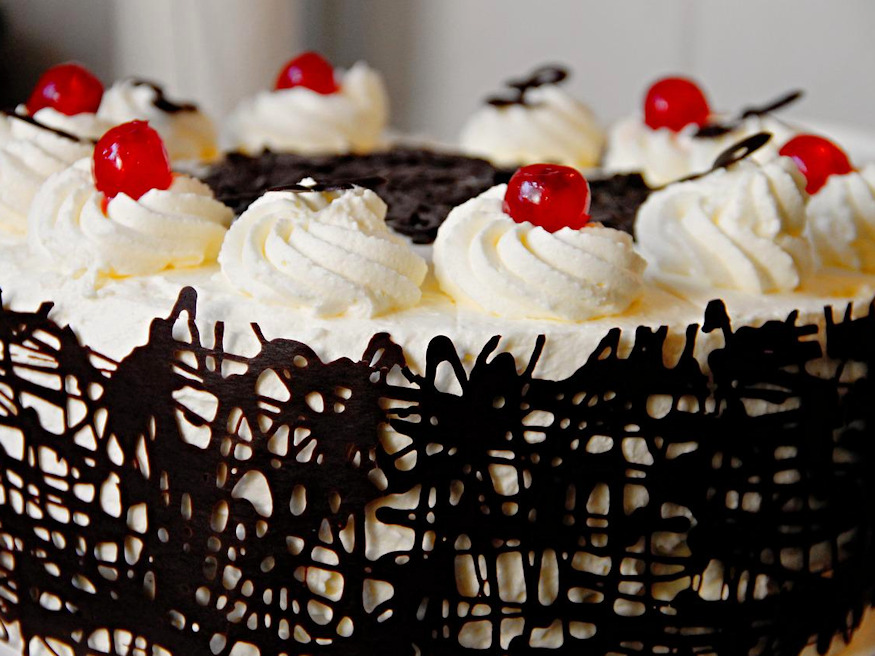
Putting Your Candied Fruits to Use
Candied fruits are versatile additions to your culinary endeavors. Use them to decorate cakes, pastries and fruit breads, or craft sweet gifts for loved ones with a penchant for confectionery delights. To take your candied treats to the next level, consider dipping some in chocolate for an extra layer of indulgence.
In conclusion, the art of candying fruit allows you to transform ordinary fruits into extraordinary sweets. With the right fruits and a bit of patience, you can create candied delights that will impress and delight your taste buds. So, roll up your sleeves and embark on a journey to candied perfection, and let your garden’s bounty shine in sugary splendor.
